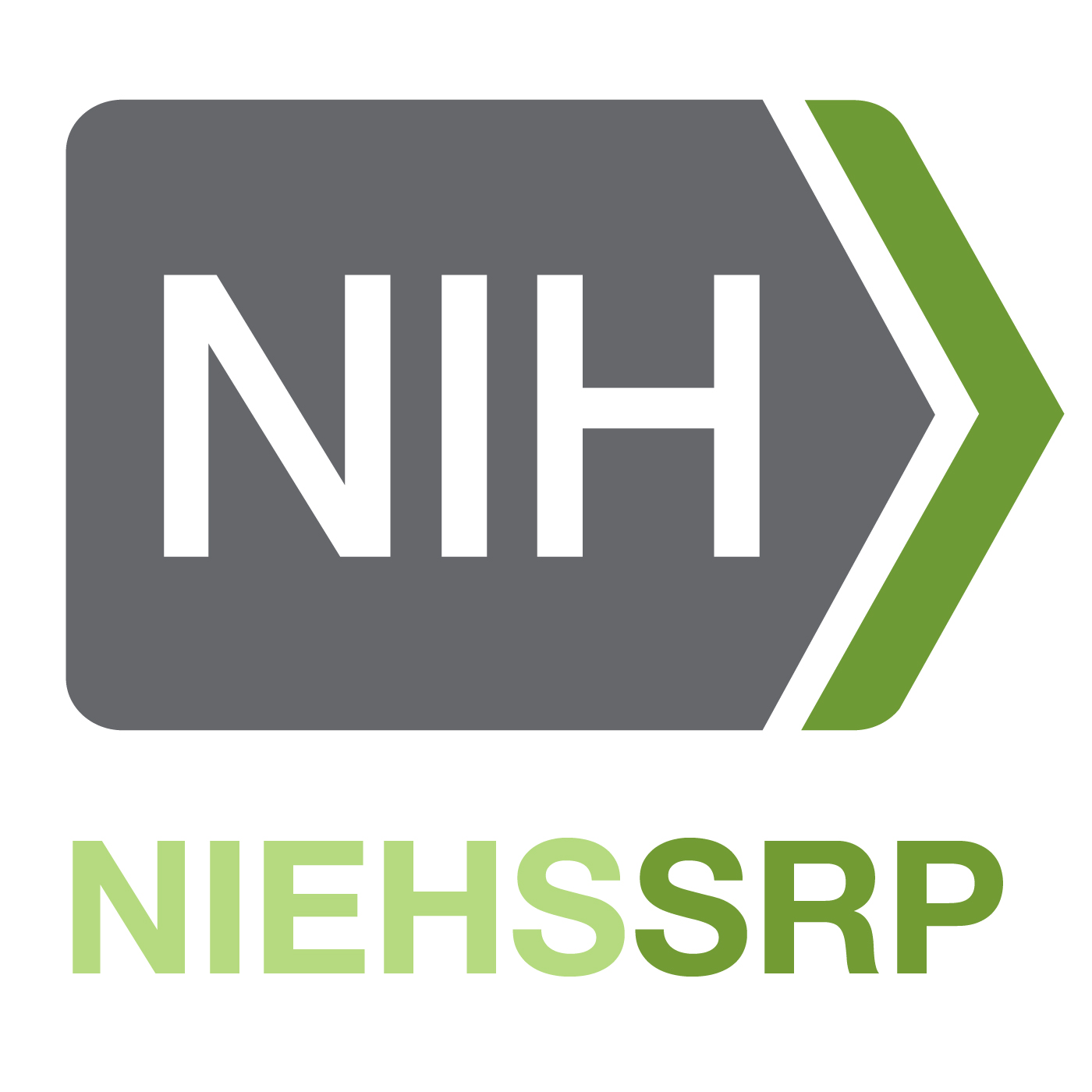Combining Arsenic Data Across Populations Sheds Light on Exposure Sources
Description
By combining data across three different populations, NIEHS Superfund Research Program (SRP) researchers were able to better characterize sources of arsenic exposure that should be included in risk assessments. The study was a collaboration among the University of California (UC), Berkeley, University of New Mexico (UNM), and Columbia University SRP centers.
More Episodes
Oregon State University scientists and engineers developed an approach to cleaning polluted groundwater that uses tiny beads containing chemical-eating bacteria. In this study, funded by the NIEHS Superfund Research Program (SRP), the team identified a formula to maximize bead durability and...
Published 05/01/24
NIEHS Superfund Research Program (SRP)-funded researchers, led by Heileen Hsu-Kim, Ph.D., of the Duke University SRP Center, provided insight into how and at what timescale mercury changes within a wetland ecosystem. They found mercury from different sources is converted into other mercury forms...
Published 04/03/24
Published 04/03/24


